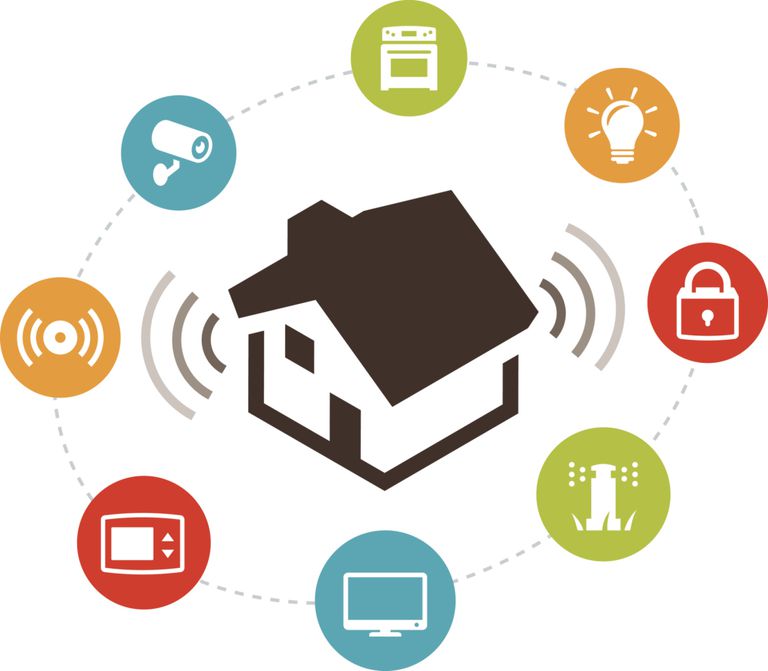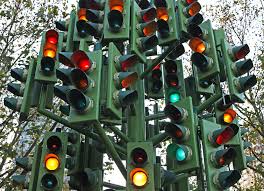An artificial intelligence-powered virtual assistant platform for senior living and care providers.
Betting that AI could lighten the clinician load.
Home Instead goal: Applying technology to make home care more efficient.
Mountain Empire serves about 3,000 people in Appalachia providing meals, transportation and personal care.

 Some have said the concept of ‘AgeTech’ can be a bit depressing. It is especially bleak when you look at the startup portfolio which aggregates a variety of tech categories to help older adults in their later years,
Some have said the concept of ‘AgeTech’ can be a bit depressing. It is especially bleak when you look at the startup portfolio which aggregates a variety of tech categories to help older adults in their later years,  An increasingly tech-oriented society makes older adult tech adoption critical. While many information-based offerings are now AI-enabled, many other capabilities like wearables and sensors, can offer safety features or be enablers for those with physical challenges -- including mobility and hearing. In addition, for those who are most comfortable interacting with a smart TV, there are new solutions that make the TV a more effective device, improve walking, or enable greater safety when out and about. Here are five first-time entrants in this year’s report that fit that category – all content directly from the companies:
An increasingly tech-oriented society makes older adult tech adoption critical. While many information-based offerings are now AI-enabled, many other capabilities like wearables and sensors, can offer safety features or be enablers for those with physical challenges -- including mobility and hearing. In addition, for those who are most comfortable interacting with a smart TV, there are new solutions that make the TV a more effective device, improve walking, or enable greater safety when out and about. Here are five first-time entrants in this year’s report that fit that category – all content directly from the companies: Each of several recent years, AARP has surveyed older adults about tech use. This year’s
Each of several recent years, AARP has surveyed older adults about tech use. This year’s  An old report, the core concept of Connected Living was excellent and predictive. Thirteen years ago, AARP sponsored research that posed questions about technology’s future role in connecting older adults with families, resources and each other. With input from 30 industry experts, the research attempted to determine how technology could better serve older adults moving forward. The result was a 2011 report called
An old report, the core concept of Connected Living was excellent and predictive. Thirteen years ago, AARP sponsored research that posed questions about technology’s future role in connecting older adults with families, resources and each other. With input from 30 industry experts, the research attempted to determine how technology could better serve older adults moving forward. The result was a 2011 report called  The decline of our tech experience was slow
The decline of our tech experience was slow 
 What happens when engineers believe that no matter what, the customers will buy? Rant on. Look at the forum
What happens when engineers believe that no matter what, the customers will buy? Rant on. Look at the forum  The decline of design. As interviews proceed for the upcoming report, The Future of the Tech User Experience, all agree. The deteriorating user experience, aka UX, is the result of
The decline of design. As interviews proceed for the upcoming report, The Future of the Tech User Experience, all agree. The deteriorating user experience, aka UX, is the result of  User experience non-design – it’s not just tech devices – consider the stove’s cockpit.’ Studying the screen plus button choices on a new Microwave, one wonders who tested this interface? Did they really think that
User experience non-design – it’s not just tech devices – consider the stove’s cockpit.’ Studying the screen plus button choices on a new Microwave, one wonders who tested this interface? Did they really think that  The 2024 survey is out – some might say it is positive about tech adoption. Older adults (age 50+)
The 2024 survey is out – some might say it is positive about tech adoption. Older adults (age 50+)